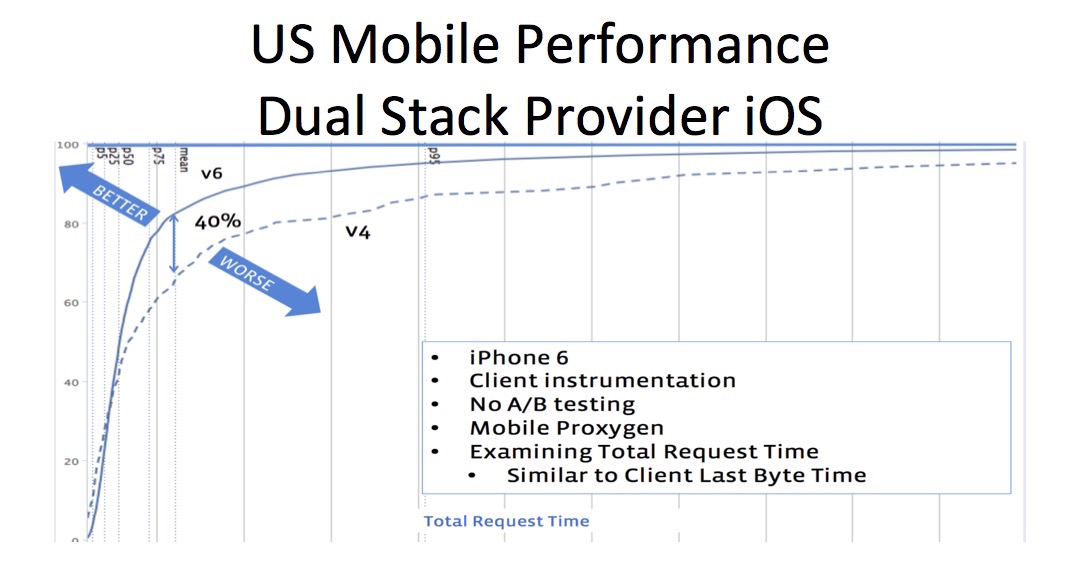Bring on the 2.5, 5 and 25 Gbps Ethernet!
▼ I'm at the RIPE meeting in Amsterdam this week. Yesterday, one of the first presentations was one from Alcatel-Lucent's Greg Hankins: Evolution of Ethernet Speeds: What’s New and What’s Next (PDF, see here for a link to the video recording).
Apparently, we're going to get some new Ethernet speeds in the (relatively) near future, such as 2.5, 5 and 25 Gbps. I can't wait!
My first computer with Gigabit Ethernet was the PowerBook I bought in 2003. It's now more than a decade later and my current Apple laptop... doesn't have any Ethernet at all. But for 20 to 30 euros/dollars you can get a 10/100/1000 Mbps Ethernet adapter that connects to either a Thunderbolt or a USB3 port. That's exactly as fast as the Ethernet port on my old PowerBook, even though according to Geekbench 2, my late-2013 MacBook Pro is more than ten times faster than the 1.25 GHz PowerBook (32-bit scores are 7110 vs 658). The SSD in the MBP is also about ten times faster than the HDD in the PB at about 800 vs 80 MB/s. USB is 5 Gbps instead of 480 Mbps, Wi-Fi 1300 vs 54 Mbps. It's just the Ethernet that's been completely stagnant.
So why is that? We've had 10 Gigabit Ethernet since the early 2000s. But the problem with that is that originally, 10GE was designed to work over fiber, which can easily handle that bandwidth. It took a lot of work to make 10GE work over copper, and that never got cheap in the way that GE got cheap so we never got 10/100/1000/10000 Mbps Ethernet ports the same way we went from 10/100 to 10/100/1000 Mbps Ethernet ports on our laptops and desktops. Even the biggest and baddest Mac that you can buy today, the Mac Pro, only has two 10/100/1000 ports, and no extension slots for adding 10GE.
The problem with all of this is that Gigabit Ethernet tops out at about 119 MB/s. That's more than enough to saturate any internet connection that a mere mortal can afford, but it's not enough to keep up with our SSDs or even a RAID array when copying files locally, with SSDs that easily go over 500 MB/s these days. With 2.5 Gbps Ethernet we'd get a lot closer at about 300 MB/s, and 5 Gbps Ethernet would be even better at about 600 MB/s. With modern designs, I expect that 5 but certainly 2.5 Gbps over regular twisted pair cabling can be made sufficiently cheap that these speeds will be supported routinely, and USB3 can easily handle 2.5 Gbps and probably also 5 Gbps. 2.5 and 5 Gbps are also intended to run over existing cat 5e/cat 6 cabling over distances of 100 meters, the same as Gigabit Ethernet. Traditionally, higher speeds over copper require more advanced cabling and/or support shorter distances.
There will also be 25 Gbps Ethernet that will be a nice step up for big servers that now use 10 Gbps, and perhaps 50 Gbps in the future. See the presentation for what's new for 10 and 40 Gbps and even 400 Gbps.
Permalink - posted 2015-05-12

